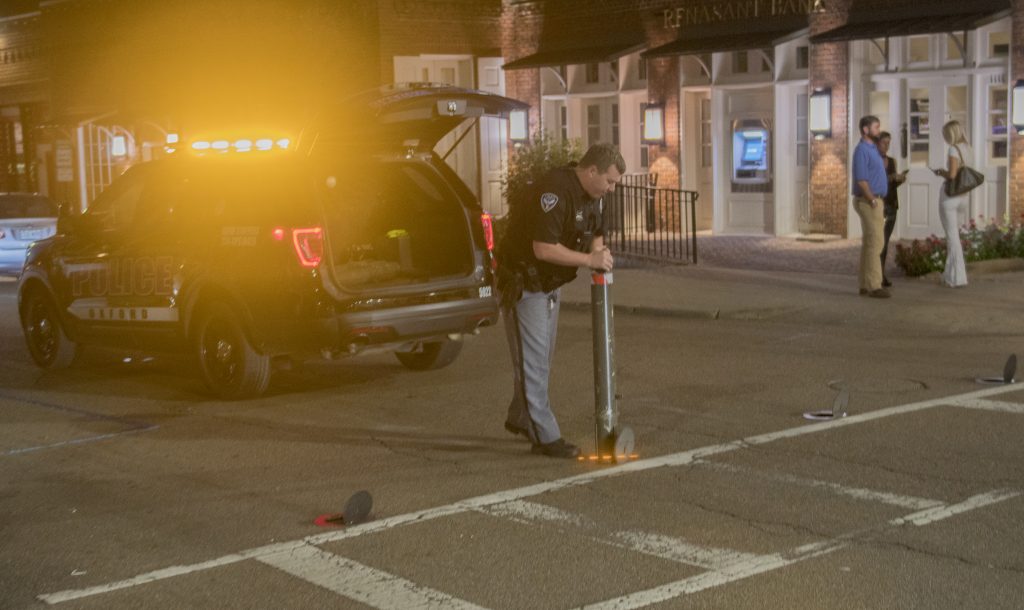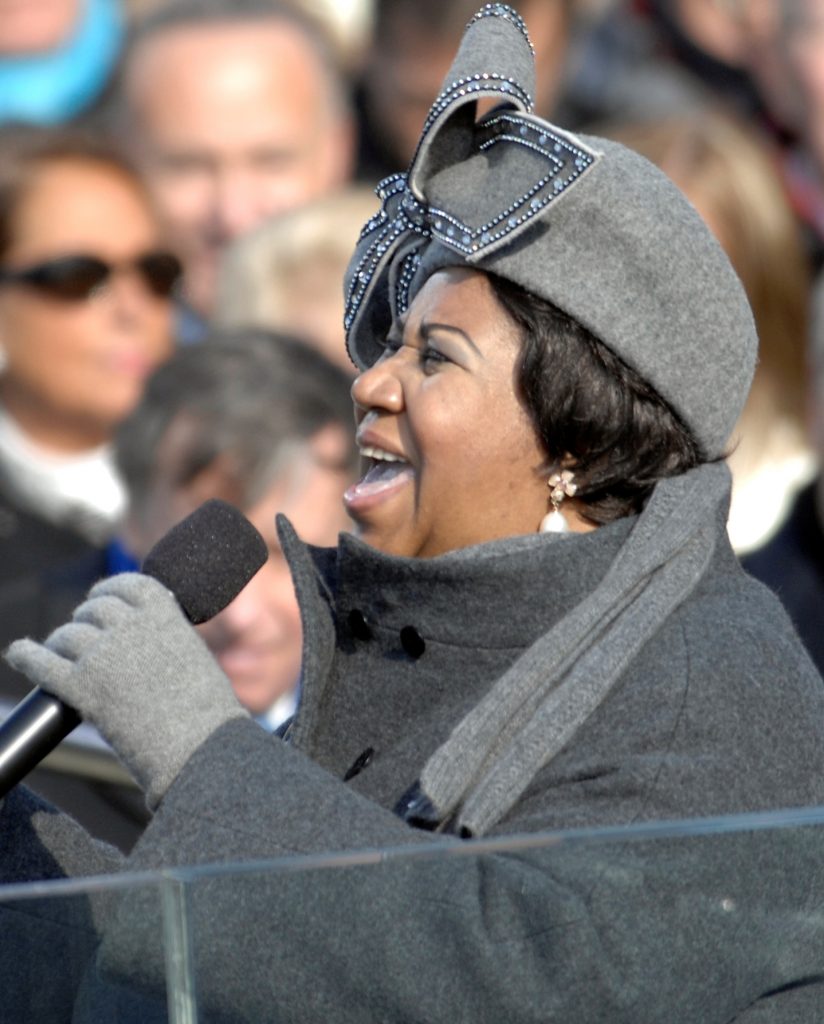The new face of the University of Mississippi — the character that will likely emblazon tents, cups, stickers and fan paraphernalia this season — is Tony the Landshark. Revealed on Aug. 18 at a celebration with fans called Meet the Rebels Day, Tony stands as the latest in a long line of Ole Miss mascots, which formally began with “The Flood” in 1929.
Before 1929, support for the team suffered because of its lack of a proper, university-backed name and mascot. Fans and newspapers referred to the team by varying titles, from “the University men” or “the Oxford boys” in 1893, to “the Southerners” and “the Mighty Mississippians” in the 1920s. Some even referred to the team as “the Magnolia Tigers” or “Wampus Cats.”
By 1929, however, the university was ready to settle on a mascot and appointed a selection committee. After sorting through many suggestions from fans and university personnel, the administration settled on “The Flood.”
The university, fans and media used “The Flood” until 1936, when, because of growing dissatisfaction with the name, The Daily Mississippian sponsored a write-in competition for a new moniker. Benjamin A. Guider, a lawyer and judge from Vicksburg, submitted “The Rebels” for approval.
His suggestion won, and the creation of a Confederate figure followed.
Over the next 70 years, the Rebels became a household name among Mississippians.
Curtis Wilkie, an Overby Fellow and Kelly G. Cook Chair of Journalism, noted that when he attended the university from 1958-62, Colonel Reb was not the official mascot.
“We did not have a formal mascot in those days,” Wilkie recalled. “There was one character who dressed as a Confederate soldier and led the football team on the field, but he was not a formal mascot.”
Wilkie said that sometime after he left the university, in the late 1970s, Colonel Reb was created and officially adopted by the university. Over the years, the Confederate imagery associated with that official mascot drew controversy to Ole Miss football.
Decades later, university administration — led by former Chancellor Robert Khayat and athletics director Pete Boone — chose to retire the Colonel Reb mascot in 2003. For the next seven years, the university would persist without an official mascot, though it still used the “Ole Miss Rebels” name.
“The administration decided that Colonel Reb was an inappropriate symbol at Ole Miss — once aligned with Confederacy and slavery — so they moved to abandon him,” Wilkie said.
In 2010, for the third time in history, the university hosted a competition for its next mascot. This time, rather than holding a write-in campaign, the vote was between three predetermined options: the Landshark, the Black Bear and Hotty Toddy.
Rebel the Black Bear won 62 percent of the student vote and became the university’s mascot for the next seven years, though it never quite attained the permanence or popularity of Colonel Reb.
“The Bear was basically rejected,” Wilkie said, recalling the years that Rebel served as the mascot. “Many people thought nothing attached the Bear to Ole Miss.”
In fall 2017, the Associated Student Body, led by then President Dion Kevin III, held a referendum in which the student body chose a mascot among the same three contenders that had been listed in 2010. This time around, students chose the Landshark to represent the university on the football field.
“The Landshark has become synonymous with the Ole Miss spirit in a way Rebel the Black Bear never achieved,” said Micah Ginn, associate athletic director for Sports Production and Creative Services.
Since the vote and the 2017 announcement of the official change by the administration, Ginn’s team has been working to solidify the look and personality of the new mascot.
“We’ve been working with various companies to understand Tony’s personality — what he looks like, what he does, how he keeps the audience (the kids, especially) connected to the game,” Ginn said.
Tony the Landshark was introduced to the Ole Miss community in early August, when it was also revealed that he had been named after the late Tony Fein. Fein served in Iraq for a year as a member of the U.S. Army before playing football for the university in 2008.
Fein introduced the term “Landshark” and its accompanying “fins up” sign to the football team during his 2008 season. Because of Fein’s role in introducing the Landshark to campus, Tony was named in honor of him.
“The 10-year organic growth we’ve seen of the Landshark began with Fein, and (he) is why the new mascot ultimately has staying power,” Ginn said. “It’s an example of how the good attitude and leadership of one man can literally change the face of a university.”















